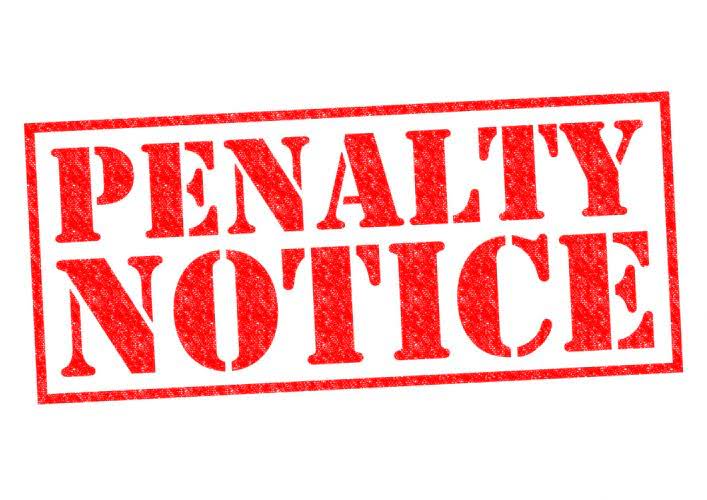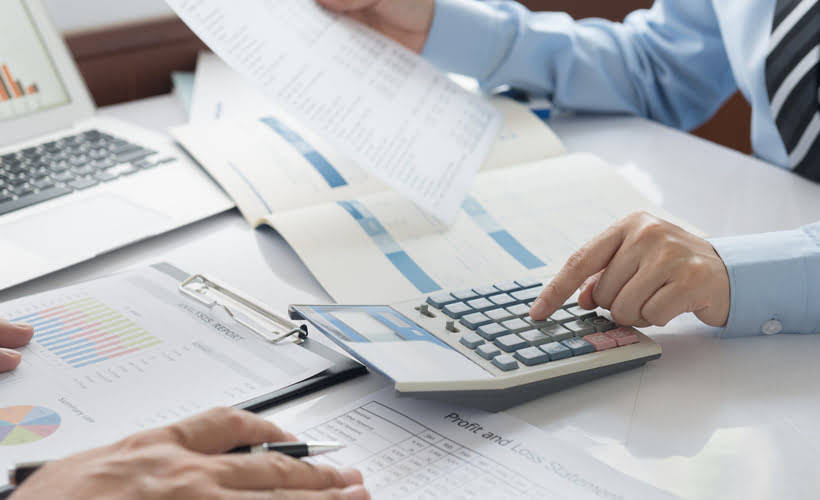Drop Shipping and Sales Tax, Demystified
Netent Beta-launches Affiliate Business Inderes: Osakeanalyysit, Mallisalkku, Osakevertailu & Aamukatsaus
11 april 2022Significado De Handicap Asiatico En Apuestas
19 april 2022
This first sale is, most likely, a “sale for resale” from your vendor’s perspective. Your vendor is billing you for the purchase price of the items your company has purchased and had delivered to your customer. There is a transfer of title from your vendor and your company at the moment the goods are delivered to your customer. This sale is documented by the sales proceeds you receive from your customer for the goods they purchase.

If you are a registered business in Canada with a valid GST/HST number, you will handle tax through Canada’s reverse-charge mechanism. Sure, you also need to consult a local tax accountant or other tax specialists https://www.bookstime.com/bookkeeping-services/lancaster to ensure your dropshipping business acts in compliance with the laws. In the United States, they vary based on the state where your customers live and can range from no tax to as high as 11%.
Collecting Sales Tax With Shopify
My direct experience from 20 years of retailing is that drop shipping is great when everything goes right, but when things go wrong, they get ugly and fast! Drop shipping is great when you can find the products you want to sell, and have a reliable partner to drop ship for you. Once a drop-shipped product line gets traction, however, I try to buy direct as soon as it makes business sense to do so. When you drop ship, you not only pay the real cost of stocking, picking, packing, and shipping, you also pay a hefty mark-up which means drop shipping costs scale as your sales grow.
- This is handy as in some states the amount of sales tax you’re required to pay varies depending on which city your customer lives.
- Then, enter your tax number in the Tax number field, and click to collect tax.
- Usually you do not need to pay sales tax on the orders you make from your suppliers.
- However, this is most likely irrelevant to you if you live outside the US, as most countries don’t have states.
- In the United States, sales tax is imposed on the final consumer.
- Dropshipping taxes can be a headache, though, so it’s important to understand what you need to pay — or risk the wrath of the IRS.
The following links have been curated specifically for businesses looking for further information about dropshipping fulfillment, apps, profit margins & product pricing, etc. And to let your customers buy something from your dropshipping store and pay easily and securely, you must select some of the best dropshipping payment processors. It is advisable to use multiple payment methods to meet and satisfy the needs of more customers.
Do you need to charge sales tax from your customers?
But just because it’s complicated doesn’t mean it’s impossible to figure out. To understand whether you need to charge sales tax, you’ll need to determine if you have a nexus. If you don’t have nexus in a state…That usually means you’re exempt for charging and remitting sales tax.
However, because you love your customers and want to cater to their needs, you ordered the item from a third party; maybe a wholesaler warehouse, or a manufacturer. Proof of exemption can be handled in most states with a formal out-of-state exemption certificate from the distributor on file with the retailer. In many cases, states accept “alternate documentation” proving the distributor qualifies for an exemption with the state determining what’s acceptable. Other states require an in-state exemption, but without a nexus in that state, the retailer may not be able to obtain this certificate. However, states have different standards of what documentation they accept.
Product research
If Ron doesn’t have sales tax nexus in Bobby’s ship-to state, then he isn’t required to collect sales tax from her. Determining whether you owe sales tax is always challenging, because you have to track where your business has nexus. However, with drop shipping, drop shipping sales tax it gets even more complicated, because you not only have to worry about where you have nexus, but where your vendor has nexus as well. In the past, the law required you to have a nexus in a state before you were required to pay sales tax in that state.